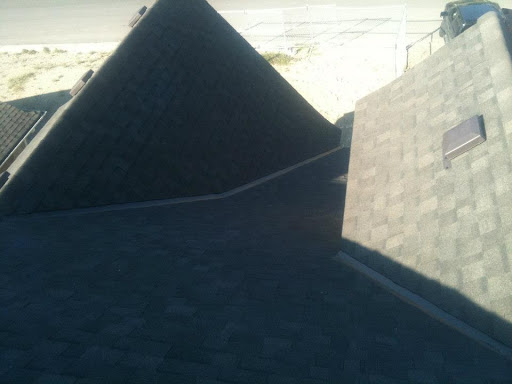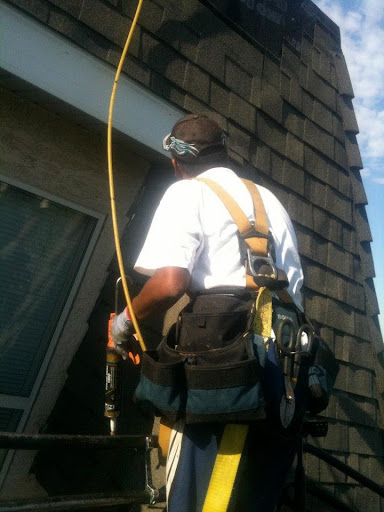Table Of Content:
- Roof Installation
- Remove the Old Roofing
- Evaluate-the-Roof
- Protect Against Ice
- Put on the Drip Edge
- Roofing Underlayment Installation
Roof Installation
Understanding the roof installation process and steps will help you ensure your new roof is properly installed, whether you hired a professional or plan to do it yourself. Here’s a quick rundown of how to install metal roofing and asphalt roof shingles.
Get the best price, get roofing price quotes from at least four pre-screened and licensed roof repair and installation professionals before beginning your project. To get an idea of how much your roofing installation will cost, use our contact form and talk to local contractors.
You will better understand the process if you know what to expect from your roof installation. When your roofing contractor comes to install or replace your roof, here’s what you can expect.
Remove the Old Roofing
Before the new roofing material can be installed, the old roofing will most likely have to be removed. Many people will layer multiple roofing layers on top of one another to save time, but too many layers (such as asphalt shingles) can cause the roof to fail prematurely. The old roof should be stopped and rebuilt down to the sheathing.
Evaluate the Roof
Examine the sheathing after removing the old roof. Roof sheathing is made up of flat panels that serve as structural support and a foundation for roofing materials such as shingles. Look for any damp or troublesome areas that will need to be replaced.
support and a foundation for roofing materials such as shingles. Look for any damp or troublesome areas that will need to be replaced.
Protect Against Ice
Suppose you live in an area where ice forms for even a portion of the year, an ice and water barrier should be installed around your roof. This product is applied to the roof’s edges, particularly the very bottom edge, which is the most prone to ice buildup. This sticky underlayment adheres to the roof sheathing before being nailed down with roofing nails for added strength and stability.
Put on the Drip Edge
The roofing drip edge is installed in two parts of the roof installation. It goes on before the underlayment on the lower part of the roof and after the underlayment on the sides of the roof. Install the metal drip edge over the ice and water barrier along the bottom border of your home first. Nail it flat against the roof with a nail gun.
After you’ve installed the roof underlayment on your home, you’ll need to go over it with a drip edge on the sides, just as you did at the bottom. This keeps water from running over the siding’s edge and back underneath it.
Roofing Underlayment Installation
Whether felt paper or synthetic, Roof underlayment is saturated in water-repellent materials and is available in two thicknesses: 15# and 30#. Although the 30# underlayment is twice as durable as the 15#, the synthetic products outlast both felt paper options. Invest in the more expensive synthetic underlayment if you want the most effective way to protect your roof aside from the roofing itself; it’s the most convenient and durable option.
Roll the underlayment along the roof’s edge and secure it with cap roof nails every four inches on the outside edges and every eight inches in the center. Instead of going through the drip edge, these cap nails should sit just above it.
Roll out one row of roofing underlayment at a time, securing it all with roofing cap nails and ensuring that the lower row overlaps the next row by at least six inches. Install a row straddling the peak of the roof so that the underlayment caps off both sides of the roof at the same time.



